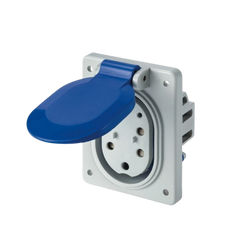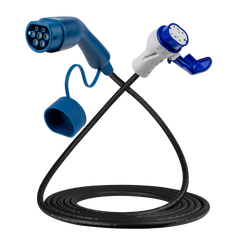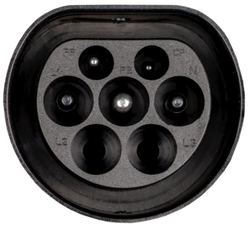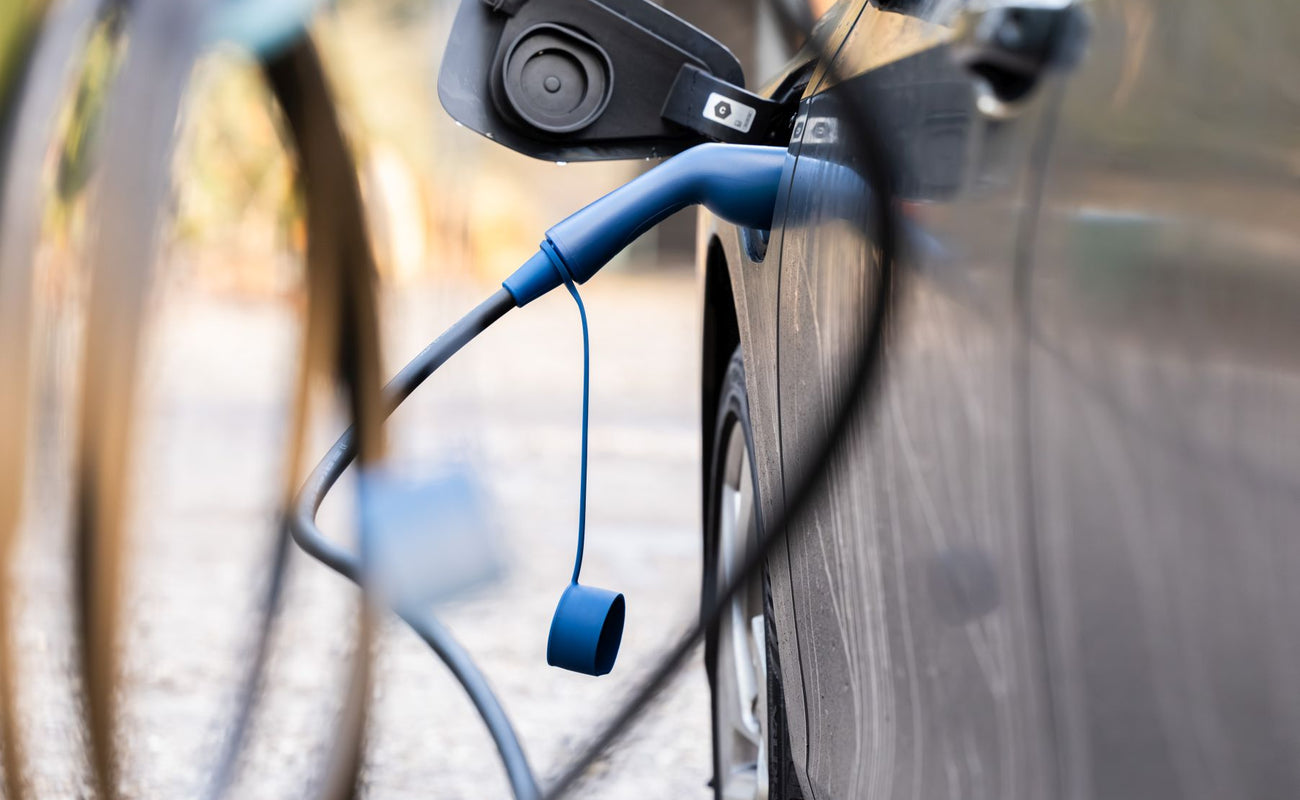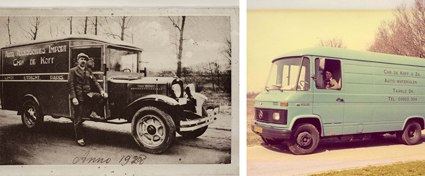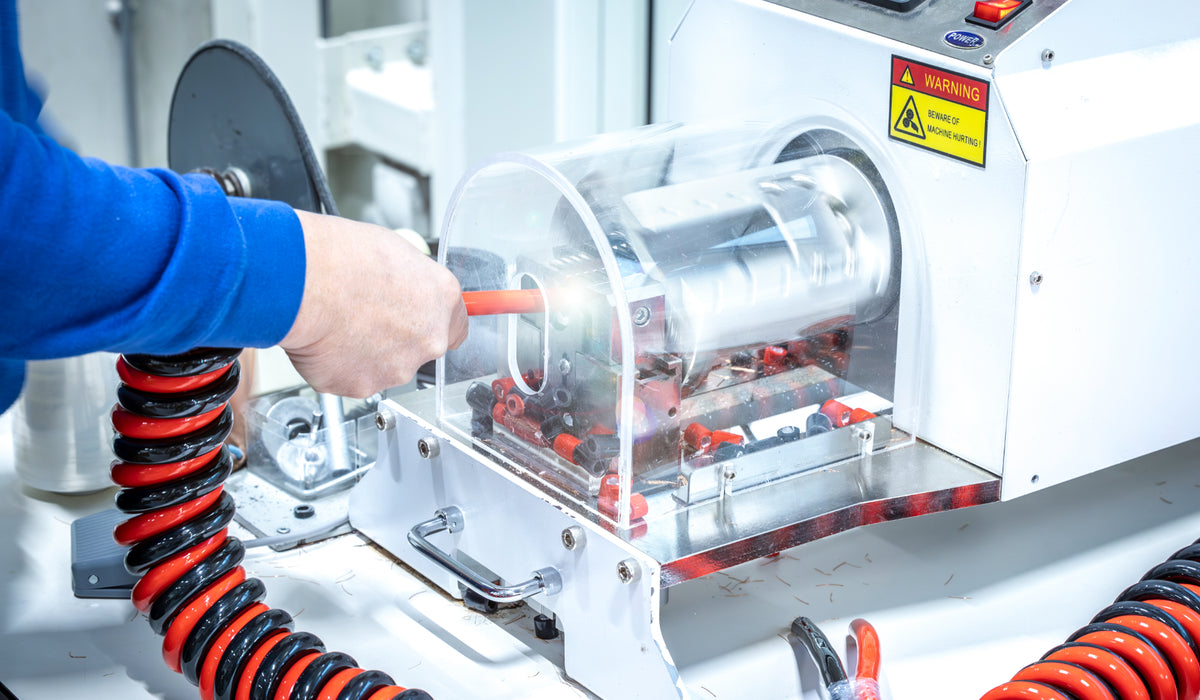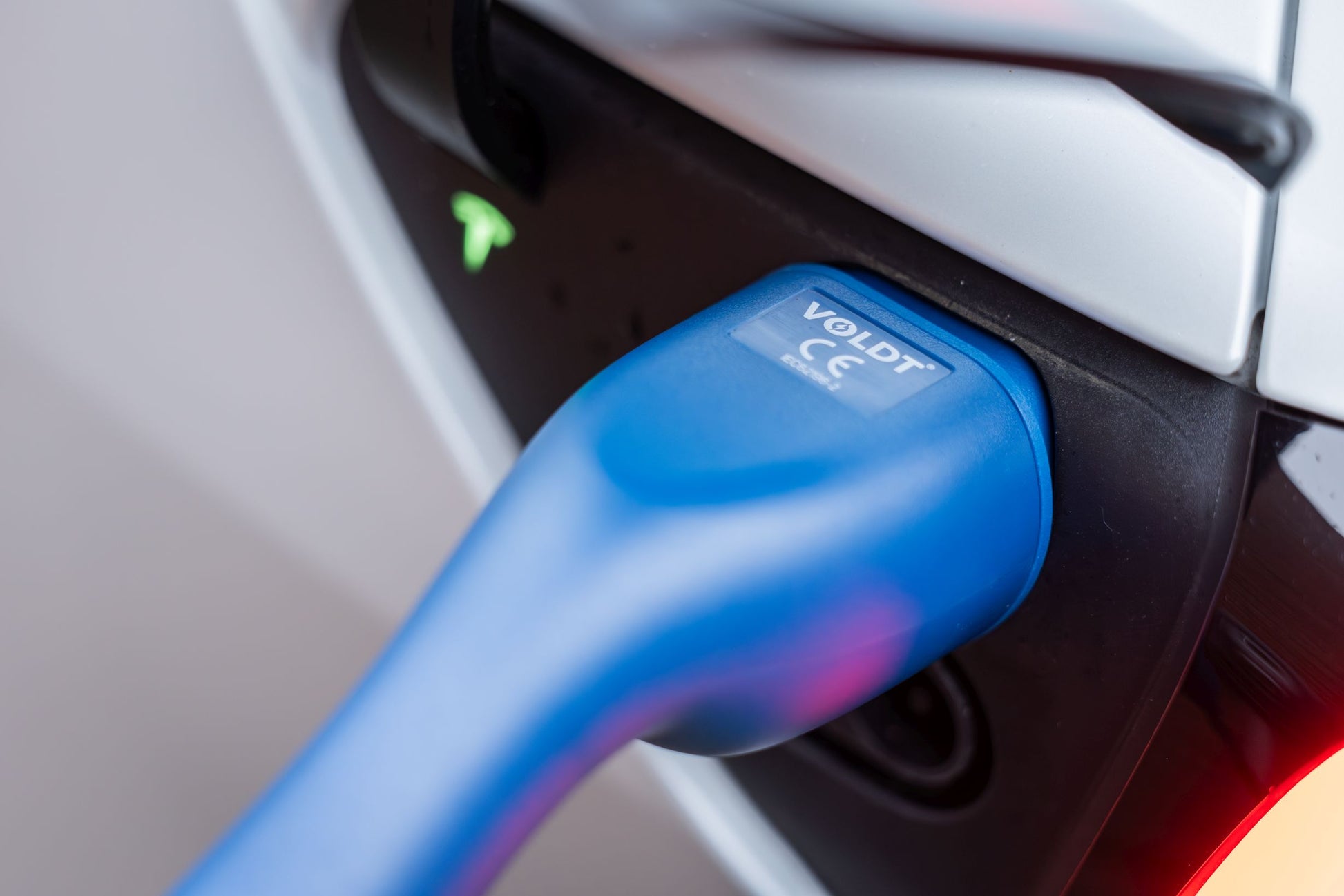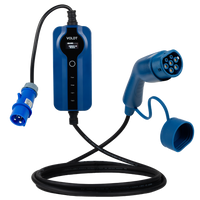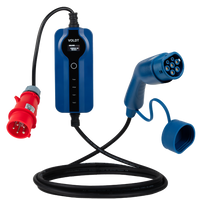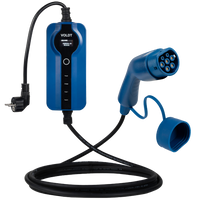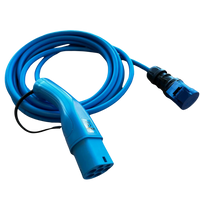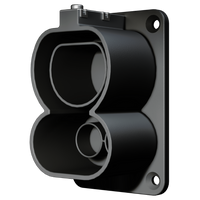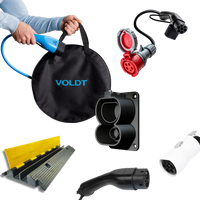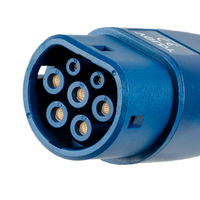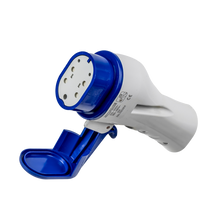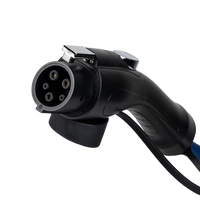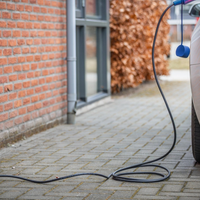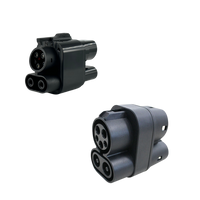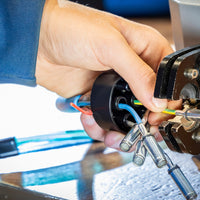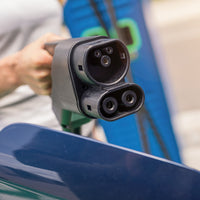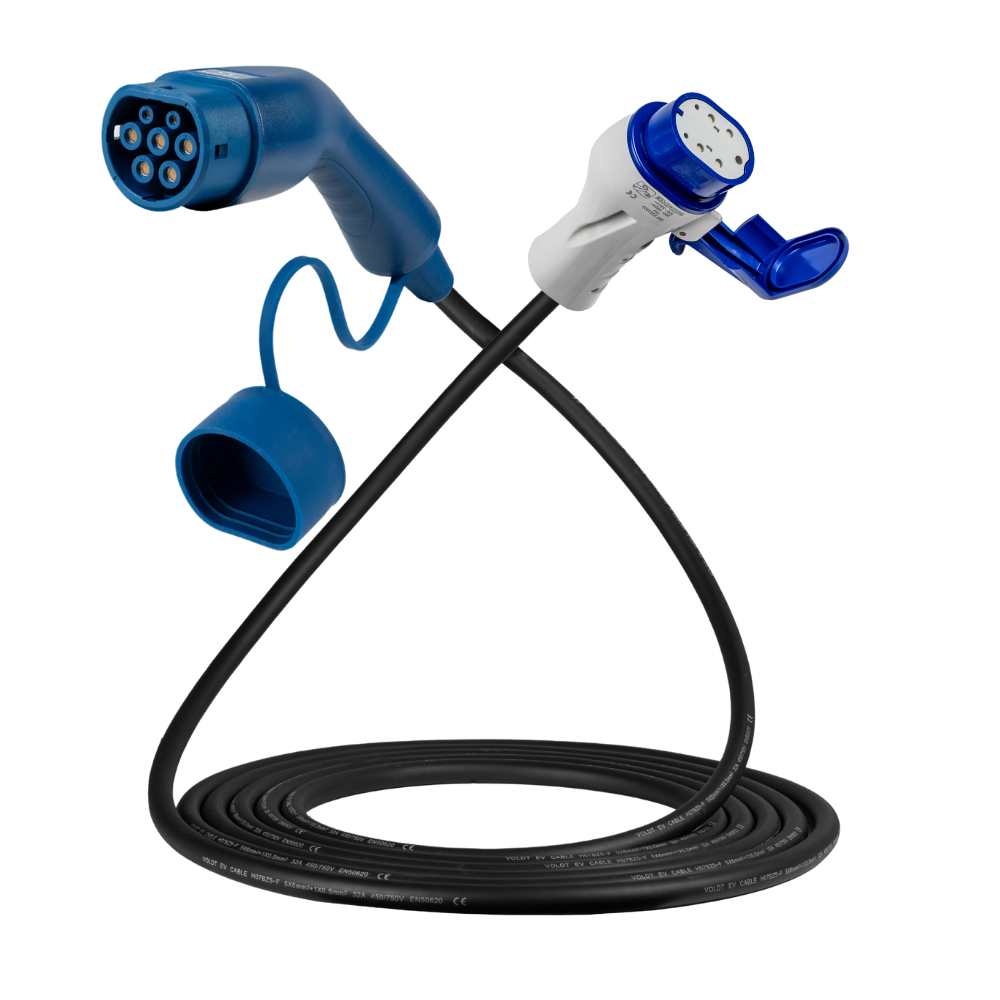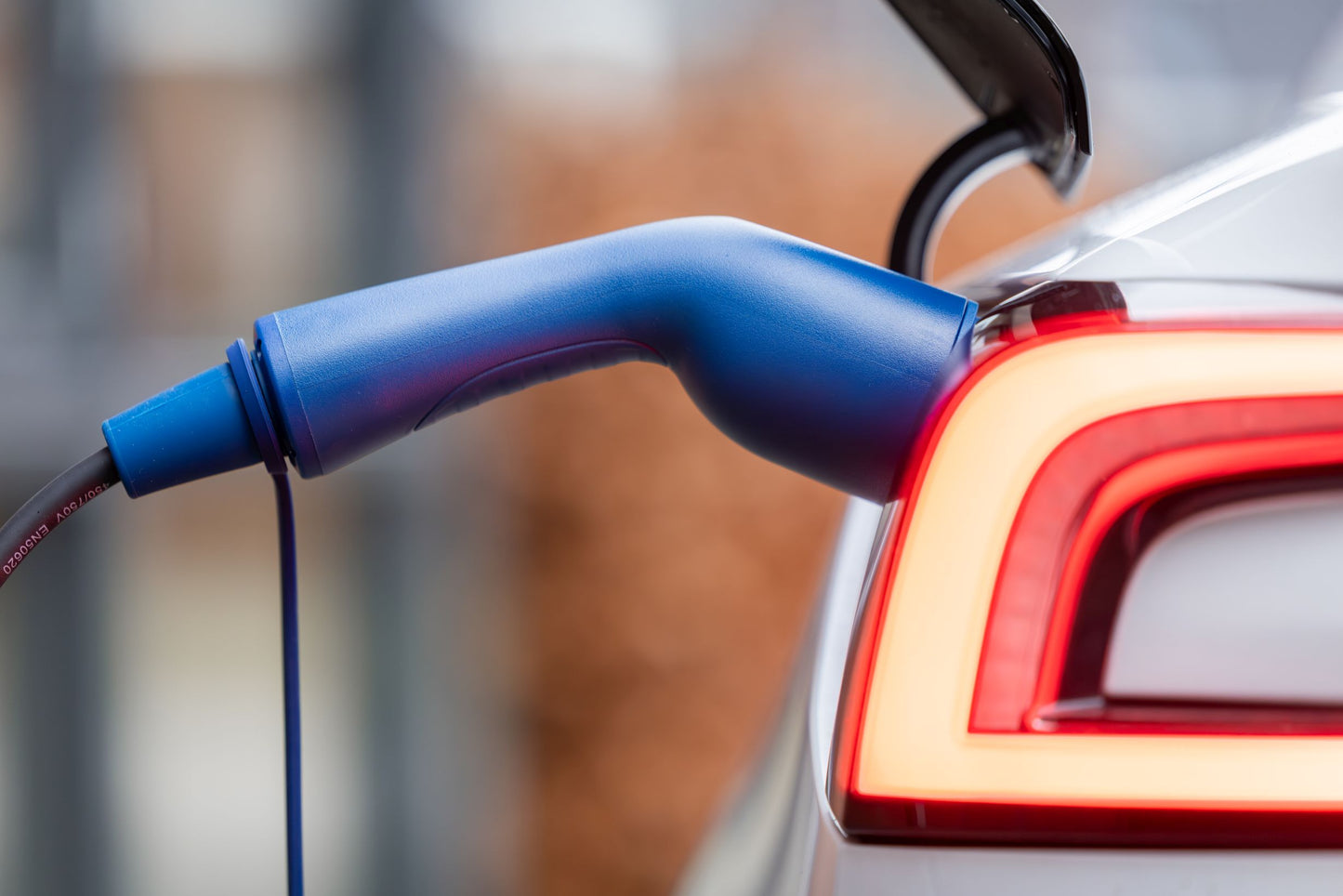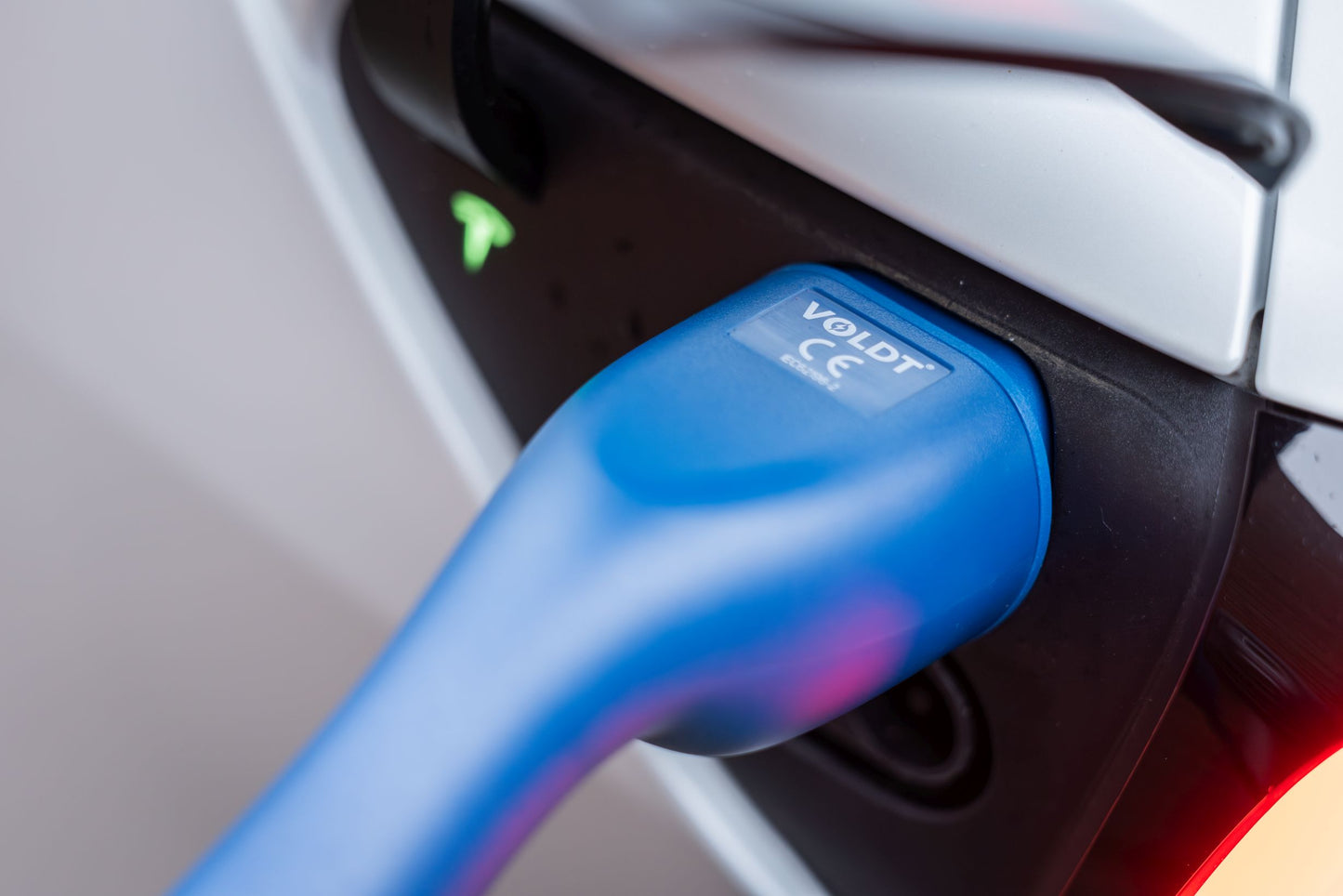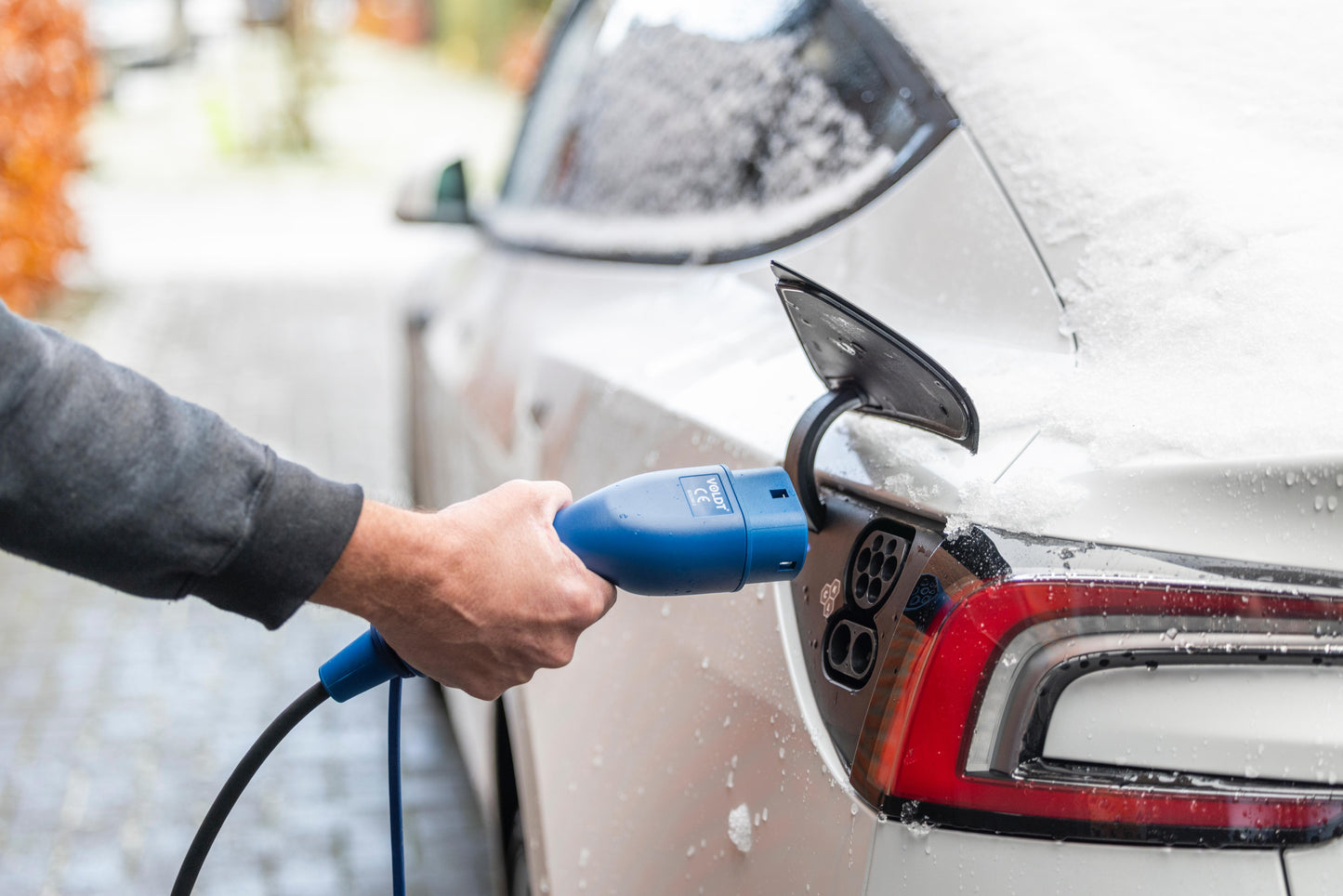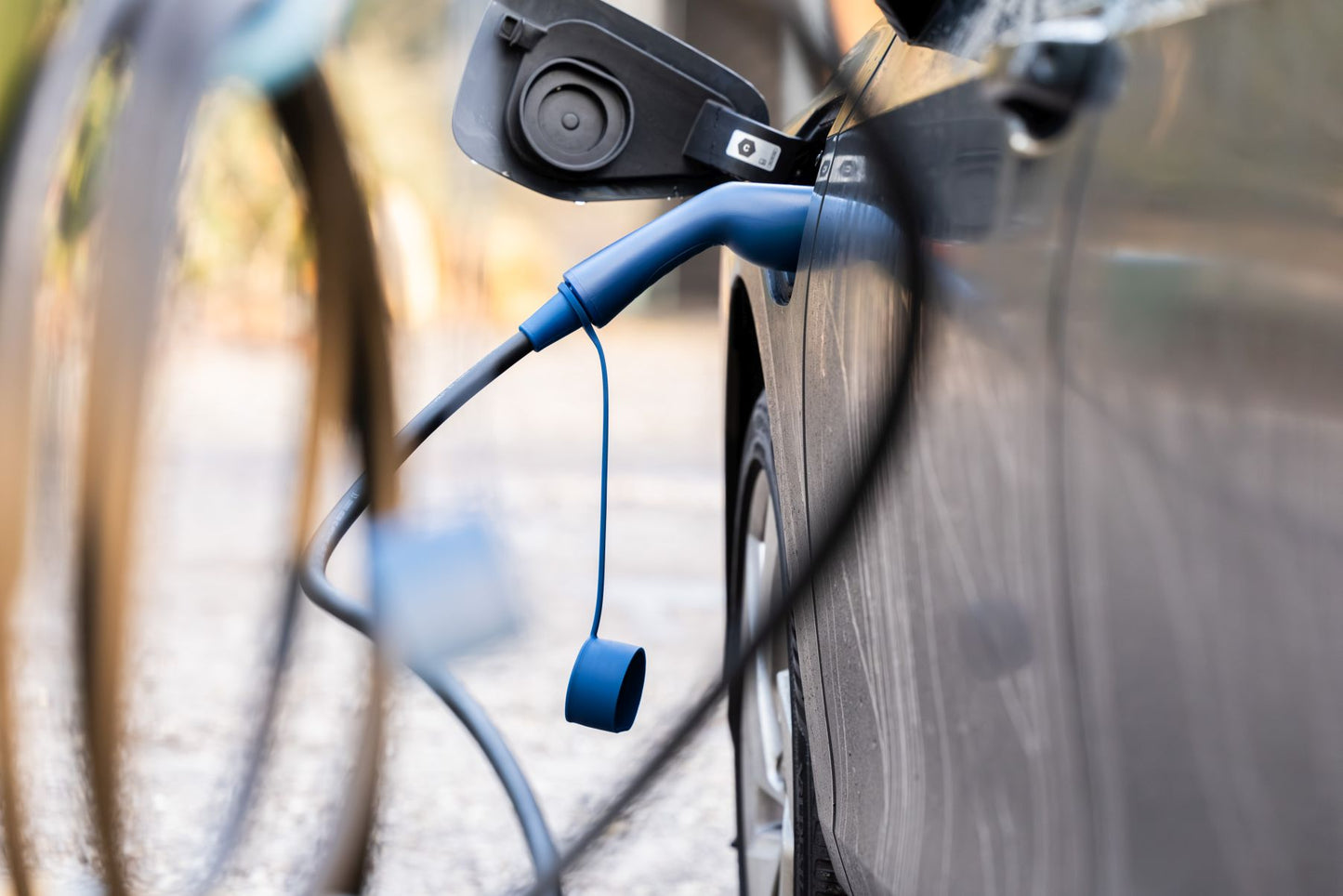Per caricare la tua auto elettrica in modo sicuro e corretto, segui questi passaggi nell'ordine corretto:
1. assicurati innanzitutto che l'auto sia parcheggiata e spenta.
2. se utilizzi una stazione di ricarica domestica o un punto di ricarica pubblico, prendi il cavo di ricarica e collegalo alla stazione di ricarica
3. collega l'altra estremità del cavo di ricarica alla porta di ricarica del tuo veicolo.
4. Verifica che la connessione sia solida e corretta. Se utilizzi un cavo di ricarica Modalità 2 che si collega a una presa domestica, assicurati che la presa del cavo (ICCB) sia posizionata e collegata correttamente prima di collegare il cavo all'auto. Una volta collegato tutto, il processo di ricarica si avvierà automaticamente
5. se utilizzi una stazione di ricarica pubblica, potrebbe essere necessaria l'attivazione della stazione di ricarica
6. Durante la ricarica, tieni d'occhio lo stato di ricarica tramite il cruscotto dell'auto o l'indicatore della stazione di ricarica
7. Una volta completata la ricarica o se si desidera interrompere la ricarica, disconnettersi dall'auto prima di scollegare il cavo dalla stazione o presa di ricarica.
